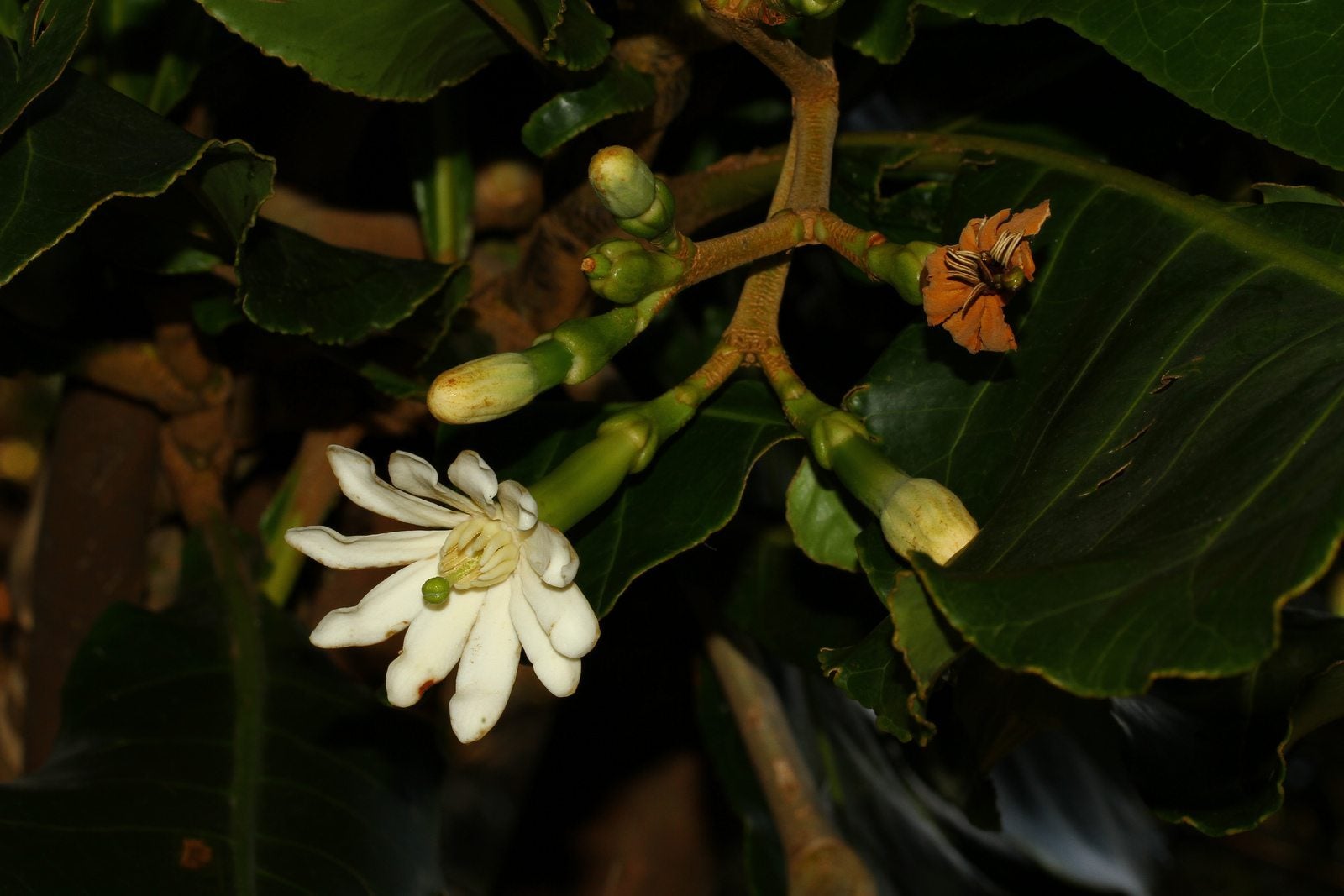Forest Fever Tree Info: Learn About Growing Forest Fever Trees


What is a forest fever tree, and is it possible to grow a forest fever tree in gardens? Forest fever tree (Anthocleista grandiflora) is a striking evergreen tree native to South Africa. It is known by a variety of interesting names, such as forest big-leaf, cabbage tree, tobacco tree, and big-leaf fever tree. It is definitely possible to grow forest fever tree in gardens, but only if you can provide the proper growing conditions. Read on to learn more.
Forest Fever Tree Information
Forest fever tree is a tall, straight tree with a rounded crown. It produces big, leathery, paddle-shaped leaves and clusters of creamy-white flowers followed by fleshy, egg-shaped fruit. In the right conditions, forest fever trees can grow up to 6.5 feet (2 m.) per year. Traditionally, the tree has been used for a number of medicinal purposes. The bark is used as a treatment for diabetes and high blood pressure, the leaves to treat superficial wounds, and tea from the leaves and bark for malaria (hence the name fever tree). As of yet, no scientific proof of effectiveness has been established. In its native environment of southern Africa, forest fever tree grows in rain forests or along rivers and damp, swampy areas, where it provides shelter and food for a number of creatures, including elephants, monkeys, bushpigs, fruit bats, and birds.
Growing Forest Fever Trees
If you’re interested in growing forest fever trees, you can propagate a new tree by planting root suckers or cuttings – either hardwood or semi-hardwood. You can also remove seeds from soft, ripe fruit that falls on the ground. (Be quick and grab one before it’s gobbled up by wildlife!) Plant the seeds in a pot filled with compost-rich soil, or directly in a suitable garden location. Like all tropical plants, forest fever trees require a warm climate with frost-free winters. They grow in either shade or full sunlight and deep, fertile soil. A dependable supply of water is a necessity. Forest fever trees are beautiful, but they aren’t a good choice for nutrient-poor soil. They’re also not good candidates for dry, windy areas or small gardens.
Sign up for the Gardening Know How newsletter today and receive a free copy of our e-book "How to Grow Delicious Tomatoes".

A Credentialed Garden Writer, Mary H. Dyer was with Gardening Know How in the very beginning, publishing articles as early as 2007.